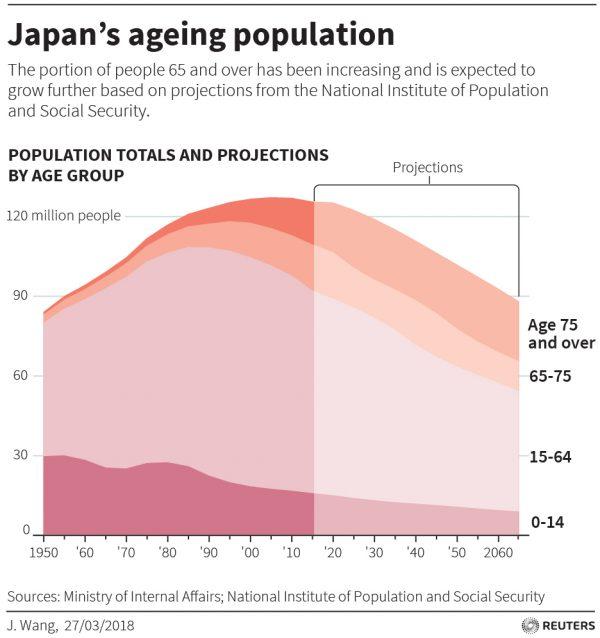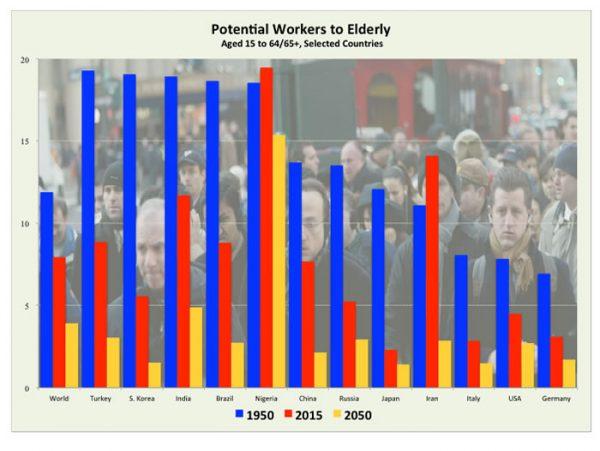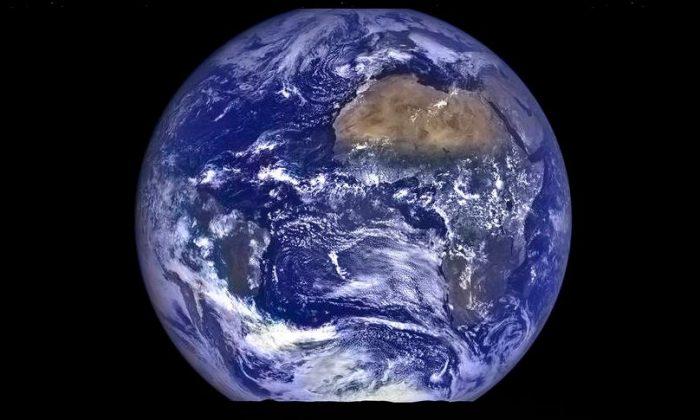A map shows the world’s population in a stunning three-colored division.
The red part actually represents 5 percent of the global population, and the blue region also represents 5 percent of the world population.
The remaining 90 percent of the world’s population is represented by the white part.
A closer look details the surprising conclusion, with Australia, Canada, Sweden, and a number of other countries (and parts of others) fitting inside the blue part.
Bangladesh, which has a population of just over 172 million people, and parts of India that amount to 221 million people (so 393 million combined) comprise the red part.
“Notice that the blue region covers more than just uninhabited deserts and tundras. It encompasses several prominent, powerful countries, including Australia, Ireland, Canada, and Saudi Arabia,” said the map, adding that “for its size, Tokyo has the highest population density in the world.”
“What I find most interesting is that such a dense population center can be in an area that has so little global prominence. Bangladesh is the 7th most populous country in the world, but how many people could even locate it on a map?” he said.

He noted that “many people seem to view the map from the perspective of overpopulation / overcrowding, or as a political message about inequality between the developed and the developing world. If anything, I see South Asia’s dense population as a positive thing.
“It is very efficient economically, socially, and environmentally for people to live in dense population centers. And a movement out of rural areas into cities is trend that is happening everywhere in the world, even in India and Bangladesh. So in that sense, they are ahead of the curve,” he explained.

“The world population will reach 9.9 billion by 2050, up 2.3 billion or 29 percent from an estimated 7.6 billion people now, according to projections by Population Reference Bureau (PRB) included in the 2018 World Population Data Sheet,” it says.
It adds that Africa’s population is slated to double to 2.6 billion by 2050.
“The number of people in Asia is projected to rise about 717 million to 5.3 billion, while Europe (which includes all of Russia) would see a decline in population from 746 million to 730 million. The Americas population is projected to increase from 1 billion now to 1.2 billion, and Oceania (which includes Australia and New Zealand) is seen rising from 41 million to 64 million,” it says.






Friends Read Free